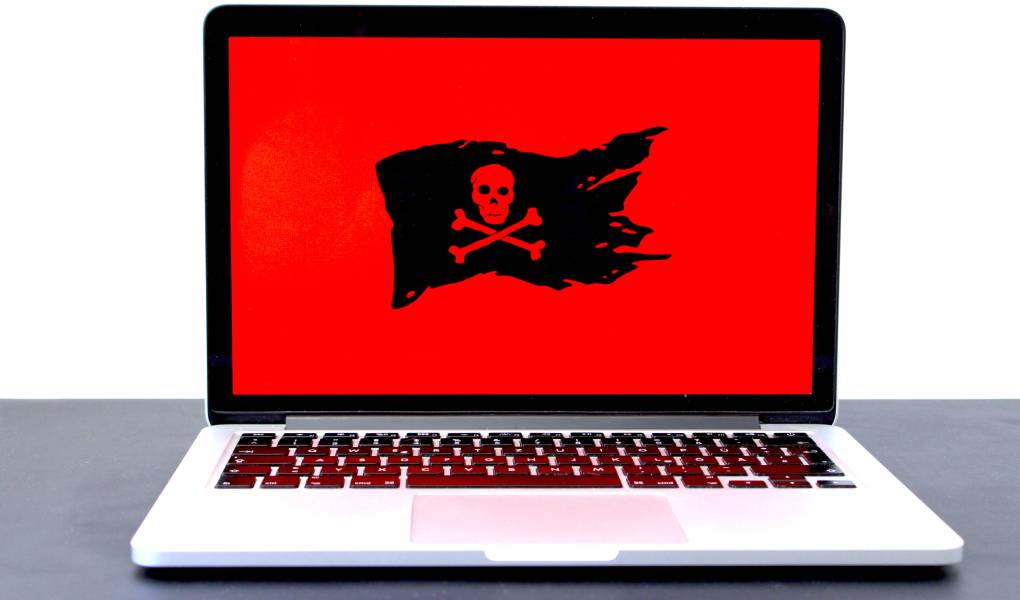Ransomware attacks are on the rise worldwide and will continue to do so in the future. According to a recent report, the number of ransomware attacks worldwide has increased by 50 per cent compared to the same period last year. However, there are still myths that cause companies to make wrong decisions regarding ransom demands.
Ransomware is part of everyday business life – that’s a fact. In contrast to the infestation of a private computer, ransom demands in the six-figure range can be enforced by infiltrating a company network. What’s more, companies still prioritize ransomware attacks incorrectly, and they think paying is the quickest way out of trouble. The reality, however, paints a different picture. Even after paying the required ransom, the network and the data remain vulnerable, and there is a risk of new attacks.
Veritas debunks the five most stubborn myths surrounding ransomware and offers tips on how companies don’t fall into the ransomware trap in the first place.
If We Pay, The Hackers Will Immediately Access Our Company Data Again.
Businesses are data-driven. A ransomware attack brings your business to a complete standstill, often for days, and no company can afford that. Therefore, affected companies tend to pay the ransom as soon as possible.
However, the consequences cannot only be quantified financially: A tarnished reputation, the loss of customers and difficulties in data recovery can cause damage that is even more expensive than paying the ransom. So paying money to the blackmailers should never be the solution because this encourages the cybercriminals to continue their activities and maintains their deceptive scheme.
Hackers Are Only Interested In People Who They Consider To Have Sensitive Information.
That is not right. Hackers primarily target employees, regardless of industry, position or identity. Of interest are their email addresses, passwords and bank accounts, and encrypted databases hacked via the employee’s login. Ultimately, any information on the dark web can be monetized, or a ransom can be demanded to remove the malware from the hardware.
Hacking is becoming more sophisticated and targeted every year, and more and more small and medium-sized businesses are falling victim to it. Your IT is usually less well protected, so the security systems are easier to circumvent than large companies. However, it is also true that the more interesting and important the hacked information is, the more lucrative it is f
Our Security System Is Sufficient To Withstand Cyber Threats, Including Ransom Demands.
Companies are using increasingly professional and up-to-date security systems to protect themselves from cyber threats. However, these do not offer sufficient visibility across the entire infrastructure. In addition, no system is infallible, especially since the attacks are becoming increasingly sophisticated and target group-oriented. The current trend for many employees to work remotely further increases the cyber risk: Their work devices are outside the protected company network, which creates many more vulnerabilities and potential entry points.
Therefore, companies need to train their employees on current phishing attacks and develop effective data management and backup strategy.
Our Employees Do Not Provide Effective Protection Against Ransom Demands.
The human factor is the main risk when it comes to IT security. That’s right. Whether it’s virus attacks, spam attacks, or ransomware attacks, users are the hackers’ preferred target. Nevertheless, employees can be a powerful weapon against cyber attacks. If they are informed and trained regularly and sustainably about potential threats – including the management – they can make an important contribution to an effective early warning system. Unlike security solutions that only raise the alarm when the malware is already in the company environment, employees can immediately inform the security team about phishing emails before they become an active threat.
A Simple Backup of The Data is Enough to Restore It
Companies with a backup system in place have already taken a first step in securing their data against ransomware. However, this is not enough. Once the malware has spread through the corporate network, the backup stored there is also affected, and the backed up data remains encrypted.
Only backups stored off-site – at least for the most critical data – are effective. They should always be kept separate from the productive system to prevent their encryption. The use of cold storage solutions – such as external or offline hard drives, combined with multi-factor authentication – protects backups from system infections and preserves critical data needed for disaster recovery.
The Effective Backup Solution Against Ransomware
A tiered backup strategy helps prepare for ransomware. First, companies should isolate backups from each other across different environments, creating self-sufficient islands. The most effective option is using the cloud as storage space for backups. Cloud storage is a cost-effective and scalable alternative, separated from the company’s main network and always updated according to the latest security guidelines. Data copies stored on-site should be immutable. The last step is to ensure that the recovery process is resilient. Therefore, companies should carry out regular tests to uncover problems at an early stage.
Careful management of data retention times also prevents backups from becoming a storage problem. Therefore, with every backup, it is important to decide how many data copies are required and where they are to be stored. A master catalog helps employees find data quickly to maintain their inventory as needed.
